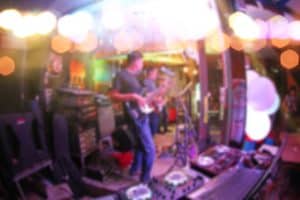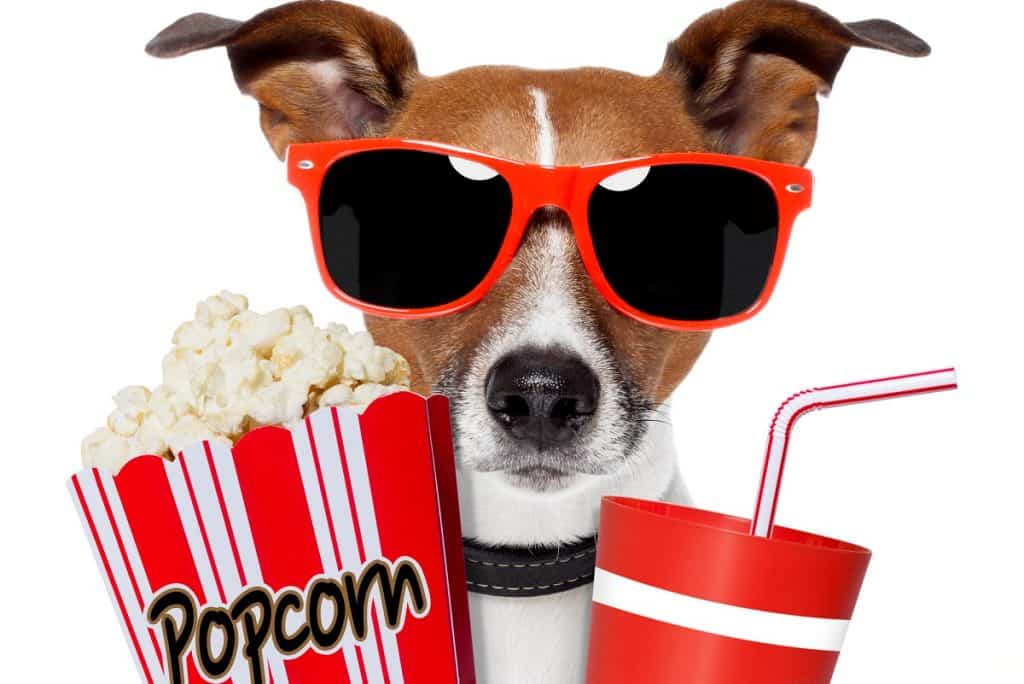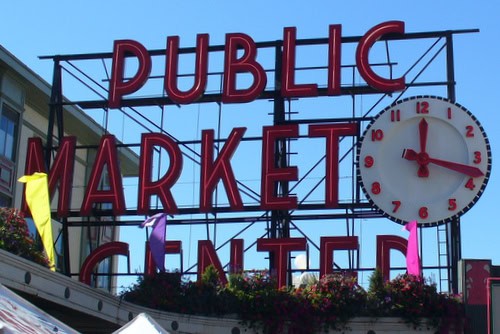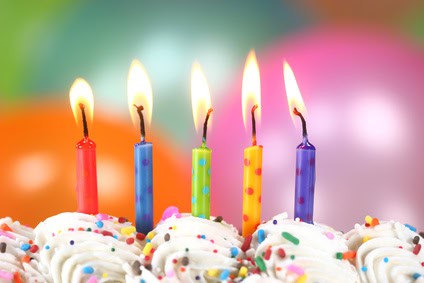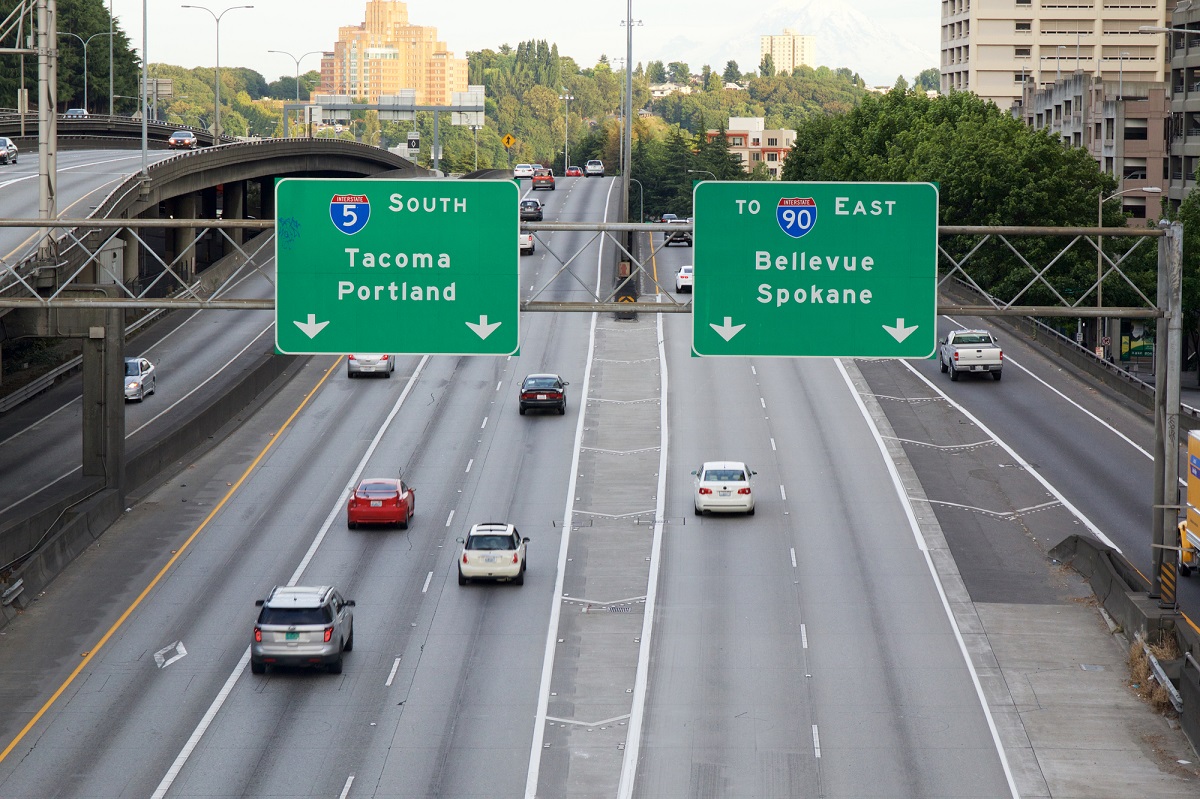Washington State is one of the nation’s largest producers of many types of berries. Listed below are descriptions of popular berries, followed by a list of berry festivals. Western Washington berry season peaks June through August, followed by cranberries, which come later in fall. In order of appearance, popular berries include strawberries, raspberries, blueberries, and blackberries.
If you don’t get a chance to attend a summer berry festival, you can also find berries for sale throughout summer at a Puget Sound farmers market or go berry picking at a u-pick farm.
Washington State berries
About Strawberries
One of the first things to know about strawberries that grow in Washington State is that they are nothing like California strawberries typically found in grocery stores. By comparison, Washington State strawberries are small, deep-dark red, and extremely fragile (spoil quickly). But they are very juicy and jam-packed full of flavor (pun intended). Northwest strawberries are grown mostly for the frozen food market. Our strawberries go straight from the field to the processing center and into large containers bound for the frozen berry commercial market.
Washington State strawberry history goes back a ways. Commercial strawberry production began in the Pacific Northwest in the 1830s. In the first part of the 1900s, Japanese farmers on Bainbridge Island (and later in Skagit Valley) adapted intensive cropping practices to supply the Seattle market. Their farming was interrupted in World War II after President Roosevelt signed Executive Order 9066 to intern Japanese Americans in Labor Camps. Most never returned to their berry farms.
There are generally two types of strawberries: June-bearing and everbearing. The season for June-bearing Washington strawberries is relatively short–just a few weeks in June from around mid-month until the end of June. Everbearing varieties of strawberries are usually in June and again in late summer. Some of the strawberry varieties you will find (both June- and ever-bearing) from Washington State growers include Hood, Nanaimo, Puget Reliance, Quinault, Rainier, Selva, Shuksan, Tillicum, Totem, Tribute, and Tristar.
Find out more about strawberries from the Washington State University Research Center for Northwestern Washington in Mount Vernon.
About Raspberries
Washington farmers grow the majority of the nation’s red raspberries, around 70 million pound each year. Like strawberries, there are summer- and ever-bearing raspberry varieties. There are also seedless and seeded varieties—for obvious reasons many people prefer seedless ones.
There is also a black raspberry. There are several ways to tell a black raspberry from a blackberry. A ripe black raspberry will be hollow when it is pulled from the stem, while a blackberry has a plug where the stem attached to the berry. Black raspberries are soft, usually roundish, and dull colored. Blackberries are firm, shiny, and slightly oblong in shape rather than round.
Similar to raspberries, salmonberries grow wild in many places around the region. As their name implies, salmonberries are orange colored when ripe. The flavor is underwhelming, somewhat bland and not very sweet.
Fresh Washington raspberries are late June to August. Find out more about raspberries from the Washington State University Research Center for Northwestern Washington in Mount Vernon.
About Blueberries
Washington State is the largest blueberry producing state in the country with over 120 million pounds annually on both sides of the Cascade Mountains. There are five main types of blueberries grown in the United States: northern highbush, southern highbush, rabbiteye, lowbush, and half-high. Most blueberry varieties are native to the eastern parts of the country. The northern highbush is most common type grown worldwide and in the Pacific Northwest.
However, there are dozens of blueberry varieties and a typical farm usually grows a few different ones. If you’re going to a u-pick farm, they usually describe their berries by the intended use: fresh, in muffins, frozen for pie, blueberry sauce or jam, etc. I’m not too particular about which variety of blueberry I pick or buy. I’ve never met a blueberry that failed me in pie or sauce.
Fresh Washington blueberries are available June to September, with peak season in August in most areas. Find out more about blueberries from the Washington State University Research Center for Northwestern Washington in Mount Vernon.
About Blackberries
If you want a truly wild, native (and most claim a much better tasting) berry, consider a day hike to pick native wild berries, including blackberries, as well as blueberries, salmonberries, thimbleberries, and huckleberries. For advice and particulars, read this article from Washington Trails Association about Berry Picking Hikes.
You can also pick the ubiquitous roadside blackberries found in urban areas throughout the region. There are two species you are likely to see: the Himalayan and the evergreen blackberry—both considered noxious weeds in most states due to their rigorous, invasive growth. These “wild” roadside berries can be covered with automobile exhaust or possibly sprayed with a weed killer. Some find them bland in flavor compared to commercially grown varieties. But many, many people pick and enjoy these “freeberries” for the taking along many roadsides.
Marionberry and Logan berry are two of the most popular varieties of blackberry. Tayberries and boysenberries are similar but different crosses between blackberries and raspberries. All types of blackberries usually peak in August. More info: Marionberry – Oregon Raspberries & Blackberries and Loganberry – Oregon Raspberries & Blackberries
About Cranberries
Approximately one-third of the nation’s cranberry crop is produced in Southwest Washington State in Grays Harbor County. The region celebrates cranberry history and culture every October with community festivals: Events – Westport-Grayland Chamber Of Commerce and Cranberry Museum Community Events (thecranzberry.com).
Puget Sound berry festivals
Below are the popular berry festivals throughout the Puget Sound region. Find these and other upcoming berry festivals in the calendar list below.
(Listed alphabetically by city)
Arlington Strawberry Festival at Biringer Farm takes place in June on a working farm. Kids activities, farmers market, food, and reasonably priced fun. Free strawberry shortcake for Dads on Father’s Day. More info: Biringer Farms
Bellevue Strawberry Festival. Eastside Heritage Center (producers of the event) permanently closed the festival in 2019.
Bremerton Blackberry Festival takes place over Labor Day Weekend on the picturesque waterfront boardwalk in downtown Bremerton. Enjoy blackberry treats such as blackberry pie, lemonade, and wine. Plus live music, kids entertainment, and beer & wine garden.
Burien Wild Strawberry Festival, usually in mid-June/Father’s Day weekend, is a longstanding community festival to celebrate summer with booths, derby races, corn hole tournament, Strawberry Beer Garden, and live music.
Berry Dairy Days in Burlington, held on the third weekend of June, is one of the oldest berry festivals in Skagit County. There are family activities, delicious food, live music, craft vendors, fireworks, a parade, and more.
Joyce Daze Wild Blackberry Festival is held every year on the first Saturday in August, the town of Joyce, located on the northern coast of the Washington Peninsula about 100 miles from Seattle via ferry. The wild black berries that grow in the area are small and sweet. Festivities includes a pancake breakfast, crafts fair, parade, raffle, kids activities, a salmon bake, and entertainment.
Marysville Strawberry Festival in mid-June is a volunteer run, scholarship and community festival, complete with a grand parade (Saturday evening on State Street) and kiddies parade, car show, carnival, vendors, beer garden. The weeklong festival has many activities leading up to the final weekend.
Vashon Strawberry Festival in July includes Saturday parades, car show, food, alternative carnival, local artists, vendor booths, live music, beer garden, children’s activities and other events.
But wait, there’s more!
- Foods festivals in the Puget Sound region.
- Our big list of annual festivals, fairs, and parades.
- Month-by-month u-pick produce in the Puget Sound region – Greater Seattle on the Cheap
- 101+ always free things to do for fun.
- Find free and cheap things to do every day on the Greater Seattle on the Cheap event calendar.
Event calendar of free and affordable things to do
Listed below are all types of free and affordable things to do in the next 30 days.
Featured Events are listed first each day, highlighted by a photo. These are unique, popular, or annual events that we or our advertisers don’t want you to overlook.
Find more events and ideas for affordable living at Greater Seattle on the Cheap – Free things to do, cheap fun, discounts and deals in the Seattle-Tacoma metro area


